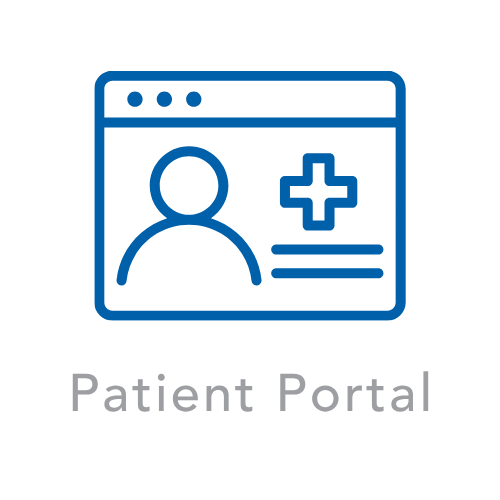PREPARE YOUR BODY AND MIND FOR LABOR AND DELIVERY OF YOUR BABY.
Monitoring your contractions during labor
Knowing if you are showing signs of true labor or if you are experiencing something else, such as Braxton-Hicks contractions (also known as false labor), can be difficult. But you can monitor your contractions to know for certain.
Contractions might begin as frequently as
10 minutes apart. Time them from the start of one contraction to the start of the next, and be aware if they grow
stronger, longer, and closer together.
Contact your health care provider if you are having more painful, frequent, rhythmic contractions, and you have not reached 37 weeks, as this could be a sign of preterm labor.
Baby's changes during labor and delivery
Your baby's body prepares for childbirth in notable ways:
- A surge in hormones, which might play a role in initiating labor. These hormones also help your baby maintain her blood pressure and blood sugar levels after birth.
- Your baby's head drops into your pelvis; this is called lightening or engagement.
The basics of labor and delivery
Labor is divided into three stages:
Stage I: Early labor, active labor, and transition
Early labor
can last six to 12 hours, and your cervix will open (dilate) to 4 cm.
Active labor
can last four to eight hours, and your cervix will dilate from 4 cm to 6 cm.
During transition, your cervix will dilate from 7 cm to 10 cm, and your contractions will strengthen and get closer together. When your cervix is dilated to 10 cm, your body is ready for the
second stage of labor.
Stage II: Baby's birth
This stage can take up to three hours, but your labor might be shorter or longer. During Stage II, your body is ready to
push the baby out. Most babies are born
head first. His shoulders, arms, and legs follow, making birthing the shortest part of labor.
Stage III: Delivery of the placenta
This stage is short, usually lasting anywhere from five to 20 minutes, as your uterus continues to contract to push out the placenta (afterbirth).
Wellness during labor and delivery
Managing pain during childbirth
There are many options for managing pain during childbirth. Some of the most widely used options include:
- Relaxation
- Breathing
- A warm shower
- Walking during labor
- Analgesics
- An epidural
- Other pain medications administered by your health care team
Baby delivery methods
Through ongoing monitoring at your final prenatal appointments and during labor, you and your doctor will determine the delivery method that's best for you and your baby. These methods include:
- Vaginal delivery — The most common method of delivery; first births last about 12 to 14 hours.
- Scheduled cesarean birth (C-section) — Based on your medical history, your health, and your baby's size and health, your doctor might schedule you for a cesarean birth.
- Emergency cesarean birth — Under certain circumstances, your doctor might recommend a cesarean delivery if vaginal delivery is not progressing or if there is a safety concern for the mom or her baby.
- VBAC (vaginal birth after cesarean) — Some pregnant women who previously had a cesarean delivery might be able to deliver babies vaginally in later pregnancies.
Your recovery after childbirth
After your baby is born, you both will continue to be monitored by your health care team. Most women who deliver vaginally spend one to two days recuperating in the hospital. Women who deliver by cesarean normally spend three to four days recovering in the hospital. In either case, your hospital stay likely will include:
- Ongoing monitoring of your and your baby's health
- Assistance, tips, and advice from the health care team on your newborn's care
- Help with breastfeeding or bottle feeding with Similac®
Make sure you're ready when "it's time." Check out our Essential Hospital Bag Checklist.







